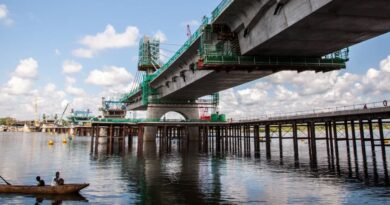Zambia’s Energy Sector in Crisis as Hydrology Patterns Threaten Stability
Zambia’s energy sector is at a critical juncture, with shifting hydrology patterns threatening the stability of the nation’s power supply.
Economic expert Mr. Kelvin Chisanga has raised Concerns over the sustainability of Zambia’s energy infrastructure, urging immediate diversification to protect the country’s economic future.
As Zambia pushes towards its 2030 economic goals, the energy sector remains a cornerstone of growth and industrialization. However, erratic rainfall patterns are exacerbating the power supply deficit, a challenge that could worsen if the anticipated sporadic rainfall during the upcoming farming season materializes.
“The dependence on hydroelectric power, once a strength, has become a significant risk,” said Mr. Chisanga. “The unpredictability of rainfall is directly impacting power generation, threatening our economic aspirations and the stability of our local economy.”
With one of Zambia’s key power plants facing early closure due to declining water levels, Mr. Chisanga stressed the urgent need for investment in alternative energy sources.
Diversifying the energy mix, he argued, is essential to stabilize supply and reduce the economic pressures associated with energy production and distribution.
“The time to act is now,” urged Mr. Chisanga. “Investing in a diverse energy portfolio will not only mitigate the risks of hydrological variability but also ensure sustainable economic growth as we strive to meet our 2030 goals.”



